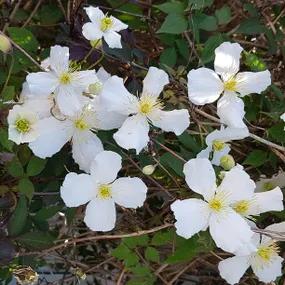Clematis is the largest group of climbing vines grown in the UK, with varieties of all colours, sizes, habit and flowering times. In a large enough garden, you could have a clematis variety in flower for about 10 months of the year!
There is a clematis for every space: scrambling into large shrubs is a classic, and most will grow happily in a large enough planter (they don't like small pots).
Delicate clematis that bloom between about October and May associate especially well with climbing roses (which start in June), but their flowers also look splendid side by side.
The beefy, vigorous Montanas quickly clothe a structure to over ten metres, perfect for wrapping a shed. Most have very delicate scent if any, but their massed floral displays in Spring are legendary.
All of our Clematis are container grown here in the UK and are available for you to buy and plant at any time of year.
Browse our range of climbing plants.
Clematis are in three groups for pruning:
- Group 1: After the first year's flowering only, prune to 30cm. After that, no special pruning is required, except to tidy and remove old stems that have become messy, damaged or unproductive: do this immediately after flowering. Do not hard prune if possible.
- Group 2: Trim lightly in February, removing weak stems and then the tips of the rest, down to the highest, best looking buds. After the first flush of flowers each year, cut all the stems down by about half, above a pair of buds. Otherwise, do not hard prune if possible.
- Group 3: Chop every stem down to about 60cm in February (or earlier in winter).
Read more about growing clematis in our guide.
- Order now, pay later: we don't charge your card until before delivery
- When your order is ready: your mail order climbing plants are delivered by next working day courier (not the next working day after ordering!)
- Friendly support: if there is anything wrong with your plants when you inspect them, Contact Us within 5 working days
UK Grown, using peat free compost.




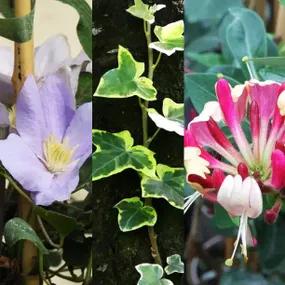
 Img 3.webp)
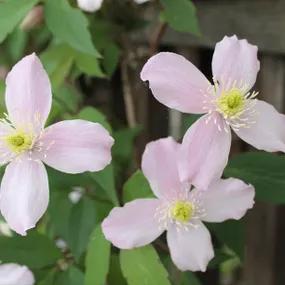

 Img 3.webp)
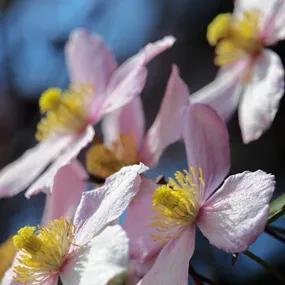
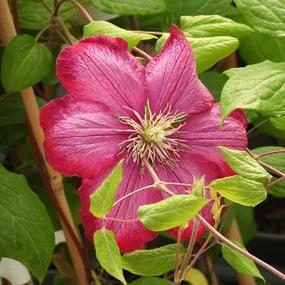
 Hero Img.webp)
 Hero Img.webp)
 Hero Img.webp)
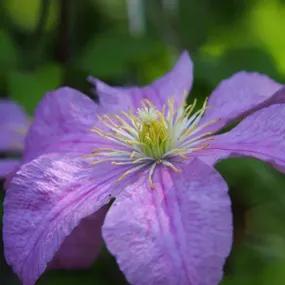
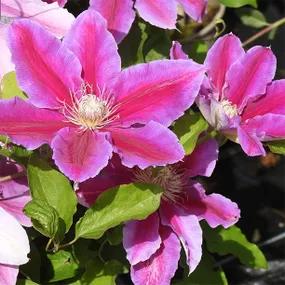
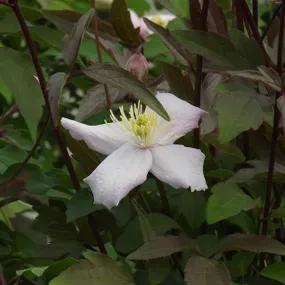
 Hero Img.webp)
 Img 2.webp)
